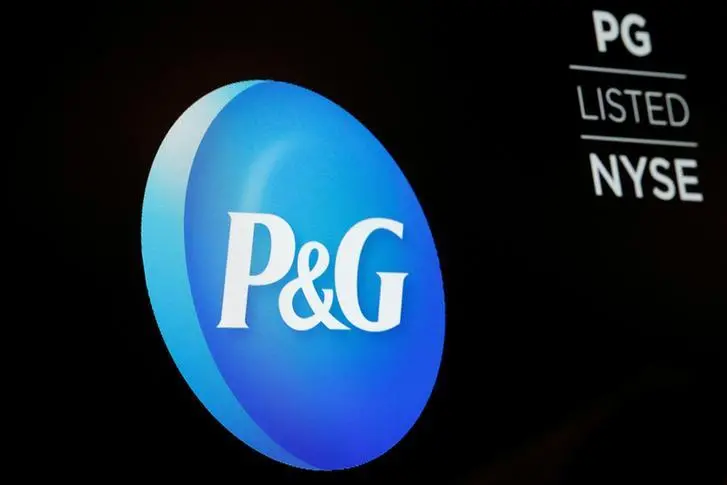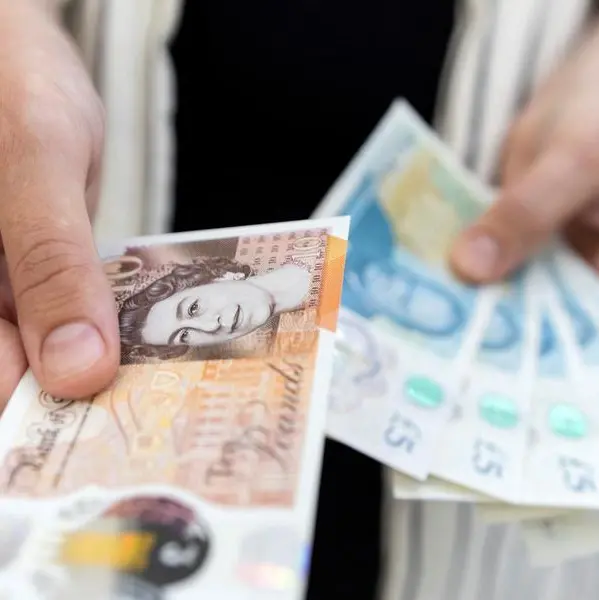PHOTO
(The author is a Reuters Breakingviews columnist. The opinions expressed are her own.)
NEW YORK - Household goods combine active ingredients and marketing spin. So do the companies that make them. Procter & Gamble PG.N grew organic revenue 6% in the fourth quarter, it said on Thursday, faster than its annual target, helped out by consumers waging war on dirt. Wipe away the effect of strange times, and P&G also ended up more profitable, even if only a little.
The $320 billion consumer goods giant’s sales growth was driven by an 11% increase in demand for cleaning products like Dawn dish soap and Tide laundry detergent. Profit increased too – earnings per share, after stripping out the effect of last year’s write-down on shaving brand Gillette, increased slightly where analysts expected them to fall, according to Refinitiv.
Scrub away the thick film of Covid-19 one-offs, and P&G is cleaning up its act. Its gross margin – the difference between revenue and the cost of making products – increased by 2.1 percentage points year-on-year. Some of that came from the effect of lower input prices offset by costs relating to the pandemic, currency moves and a shift in the products that customers bought. In other words, things mostly beyond P&G’s control. But 1.6 percentage points came from P&G being more productive.
Then there are general costs. Those ate up more revenue than they did a year ago. But P&G saved 2.3 percentage points by trimming its overheads. It’s just that it then spent all that – and then some – on advertising and product promotion. Net it all out, and of the 1.4 percentage point increase in overall profitability in the quarter, 1.2 percentage points were things P&G can’t really take credit for. But 0.2 percentage points of improvement were the real deal.
Having fewer brands to manage has helped. Chief Executive David Taylor has slimmed P&G down to focus on products consumers actually want. Its former haircare brands, sold to Coty in 2016, were recently sold again by their new owner for a fraction of the price. And P&G still has weaker parts, like grooming and healthcare. What to do with slow-growth Gillette, acquired in 2005, is a longer-term question. P&G doesn’t yet shine, but it’s cleaning up well enough.
CONTEXT NEWS
- Procter & Gamble on July 30 reported fourth-quarter revenue of $17.7 billion, a 4% year-over-year increase. Analysts had estimated a slight decline to $17 billion, according to Refinitiv data. Earnings of $2.8 billion were flat compared to the same quarter last year, and surpassed estimates.
(The author is a Reuters Breakingviews columnist. The opinions expressed are her own.)
(Editing by John Foley and Leigh Anderson) ((amanda.gomez@thomsonreuters.com; Reuters Messaging: amanda.gomez.thomsonreuters.com@reuters.net))












